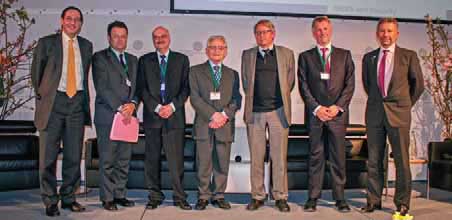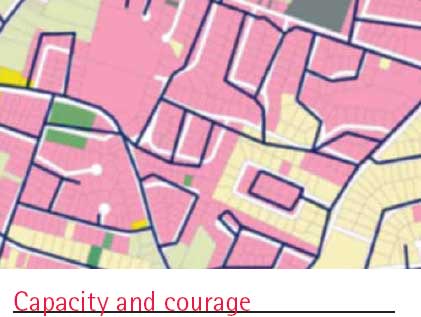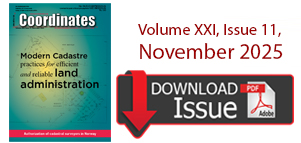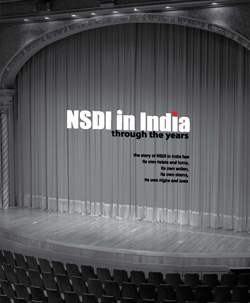Articles in the Articles Category
Established in 1994, the Hungarian Association for Geo-information HUNAGI is a non-for-profit, non-governmental umbrella organisation with the mission goal to encourage and facilitate the availability, accessiblity, share and useability of geographic information according to the EU INSPIRE directive. To achieve the goals HUNAGI provides forums for industry stakeholders and relevant governmental entities and other learned societies to build partnership which can benefit fom use of geosptial data and related technologies.
June 2012:
Hexagon 2012, 4 -7 June, Las Vegas, USA;
The International Summer School on Mobile Mapping Technology 2012,
11 – 15 June, Tainan, Taiwan, http://conf.ncku.edu.tw/mmt2013/intro01.htm;

The uplink station (INLUS), which interfaces with satellite to broadcast the correction signals, comprises of signal generation unit and RF unit with 11 m antenna. The 11m antenna and RF systems were indigenously developed and operationalized. Designing a combined feed system for INLUS was a major challenge, and required extensive experimentation and several iterations to arrive at the final design.

The determination of the coordinates of a point on the earth surface with high accuracy is a real contemporary challenge. Although we are today (2011) equipped with arsenal of unprecedented electronic surveying devices (GPS) receiving positional signals from dozens of satellites orbiting the earth in addition to online public and private geodetic networks broadcasting measurement enhancement, we still didn’t reach the required positional accuracy over our earth globe.

GNSS 2D positioning accuracy is well defined. According to the receiver model, the software, the positioning Mode, the available corrections used, the 2D positioning accuracy vary from few meters to mm. However the altimetry positioning with GNSS is less accurate than 2D one. Without an accurate Geoid reference earth surface, the levelling survey by GNSS couldn’t be done with sufficient accuracy needed for several fields of survey like construction or water management projects.

The Blue Book for Maritime Policy (European Commission, 2007), the Communication “Marine Knowledge 2020” (2010) and the Directive 2007/2/ EC of the European Parliament and the Council (INSPIRE Directive) are examples that recognize the importance of establishing an appropriate marine data and information infrastructure.

With the slogan “GNSS and Security“ the Munich Satellite Navigation Summit started a new decade of conferences and mentioned that this unique European Satnav-conference has its 10th anniversary. The organizing institute ISTA (which was former known as Institute of Geodesy and Navigation) from the Universitaet der Bundeswehr Muenchen, invited highranking speakers from all over the world to discuss the progress and challenges of GNSS.
April 2012
6th International Satellite Navigation Forum, 17-18 April, 2012,
Moscow, Russia, https://mycoordinates.org/the-6thinternational-satellite-navigation-forum/;












 (5.00 out of 5)
(5.00 out of 5)